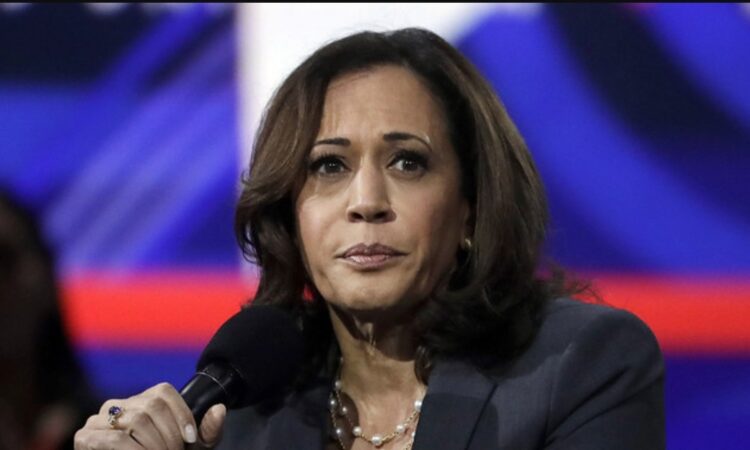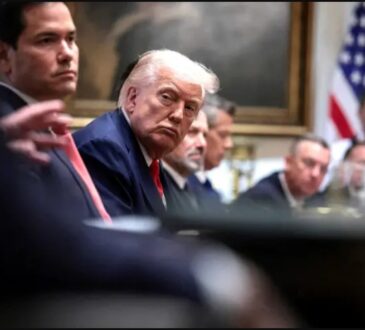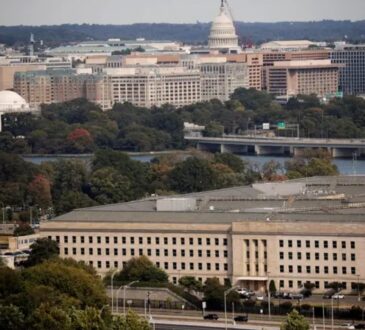
A new political survey is showing a surprising shift in who Democratic voters might support for president in the 2028 election. Even though the election is still three years away, people are already being asked about which politicians they prefer.
In this latest poll, Pete Buttigieg, who served as Secretary of Transportation under President Biden, has now taken the lead over Kamala Harris, the former Vice President.
This marks a major change in public opinion. Last year, right after the 2024 election, Harris had a strong lead, with 37% of Democrats saying they supported her, while only 4% were backing Buttigieg.
Now, Buttigieg has 16% support and Harris has dropped to 13%. This doesn’t mean the race is set in stone—23% of those surveyed said they were still undecided about who to support. But it does show that Buttigieg is gaining momentum, and Harris is losing some ground.
Other well-known Democrats were also included in the poll. California Governor Gavin Newsom, who has received more attention recently because of how he handled protests in Los Angeles, came in third place with 12% support.
Representative Alexandria Ocasio-Cortez from New York and Pennsylvania Governor Josh Shapiro each got 7%. Senator Bernie Sanders, who has run for president before, got 5%, while New Jersey Senator Cory Booker and Michigan Governor Gretchen Whitmer were each supported by 3% of voters.
The results of this poll highlight how divided Democratic voters are right now. Many are unsure about the best direction for the party. Some believe it’s time for a bold, progressive voice like Ocasio-Cortez to take the lead and fire up the base. Others think a more centrist, steady candidate like Buttigieg would help win back swing voters and independents, especially in areas where the party has lost support.
No one has officially entered the 2028 race yet. It’s still early, and most candidates don’t make their announcements until after the midterm elections. But behind the scenes, many of them are already laying the groundwork—traveling to key states, meeting with donors, and testing the waters to see if they have enough support to run.
Kamala Harris, in particular, is in a unique position. While some see her as a natural pick for the Democratic nomination due to her experience and national profile, others are looking at her record and wondering if she’s the right person to lead the party into the future. There are even rumors that she may consider running for governor of California instead. If she does, polls suggest she would likely be the top contender.
Other recent polls paint a mixed picture. A Morning Consult poll conducted earlier in June showed Harris with a strong lead, receiving support from 34% of Democrats and Democratic-leaning independents. Buttigieg was much further behind in that poll, with only 7%, and Newsom was at 11%. Another poll from May, done by McLaughlin, had Harris at 29%, with Buttigieg at 10% and Ocasio-Cortez close behind at 9%. These variations show how fluid public opinion is and how different poll questions and methods can lead to different results.
When asked recently about her future plans during a visit to wildfire-affected communities in California, Harris didn’t give a clear answer about whether she would run for office again. She said that no matter what position she holds, she wants to stay connected to the people and be present in their lives—offering help and support where she can. For her, showing up and listening is an important part of leadership.
Buttigieg, during a speech in Iowa, talked about how the Democratic Party has a branding problem in some parts of the country. He said there are a lot of reasons for that—some of them fair and some not but the reality is that many people don’t feel connected to what the party stands for. He seems to be positioning himself as someone who can bridge that gap and appeal to voters who feel left out.
As the months go on and the political landscape shifts, more names may enter the conversation. The Democratic Party is in a period of rethinking its future after its struggles in the 2024 election, and many voters are still deciding what kind of leader they want next. Whether they choose someone familiar like Harris, someone rising like Buttigieg, or someone new entirely remains to be seen. The next few years will reveal a lot about the direction the party—and the country—might take.




